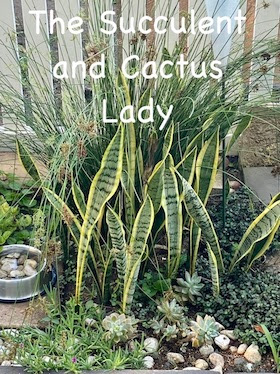My Mother's Day gift this year (May 2018), Hoya kerrii ‘Variegata’ (Sweetheart Hoya) is a climbing plant that can grow up to 13 feet (4 m) tall. The stems are up to 0.3 inch (7 mm) in diameter. The leaves аrе thick, variegated, heart-shaped, are up to 2.4 inches (6cm) wide. Adult plants show inflorescences of up to 2 inches (5cm) diameter and up to 25 small, star-shaped flowers, creamy-white with pink to rose-purple centers. Also called Wax Plant.
Hoya plants don’t ask for much, beyond the well-draining soil and the warm humid conditions that many tropical flowers crave. They don’t like wet feet or heavy soil, and as many grow as epiphytes in nature (similar to bromeliads and orchids). Give them at least a half day of sunshine, and bring them indoors when temperatures drop below 50°F (10°C).
When your Hoya finishes blooming, leave the flower stalk, as it may
produce new flowers. Removing the stalk forces the plant to produce a
new stalk, which delays blooming and wastes the plant’s energy. They are
light feeders, and a monthly drink of compost tea or dilute fish
emulsion provides all the nutrition these tropicals need. Hoyas like the
security of a snug pot, and plants that are a bit root bound will
flower more prolifically than those that are swimming around in a giant
pot. Hoya is native to the south-east of Asia.





No comments:
Post a Comment